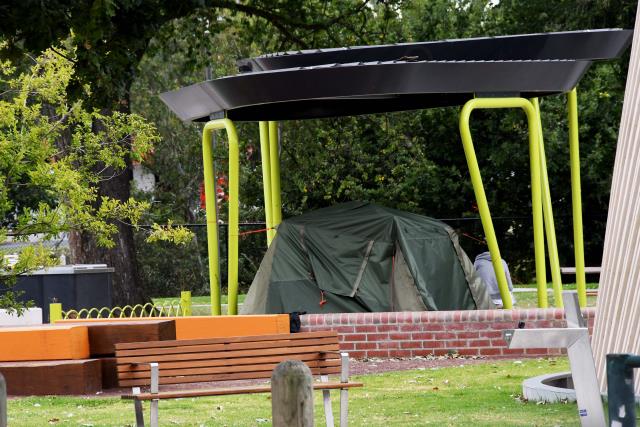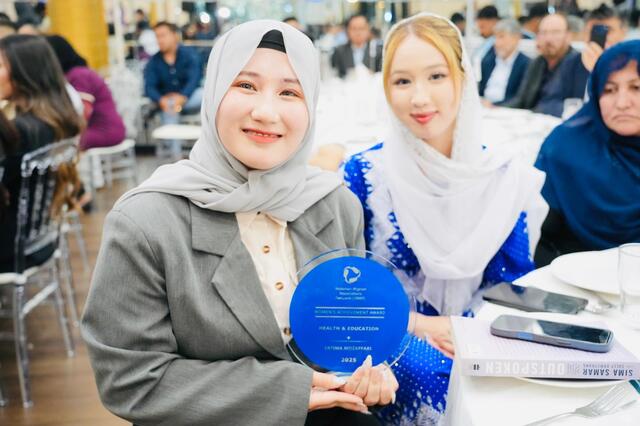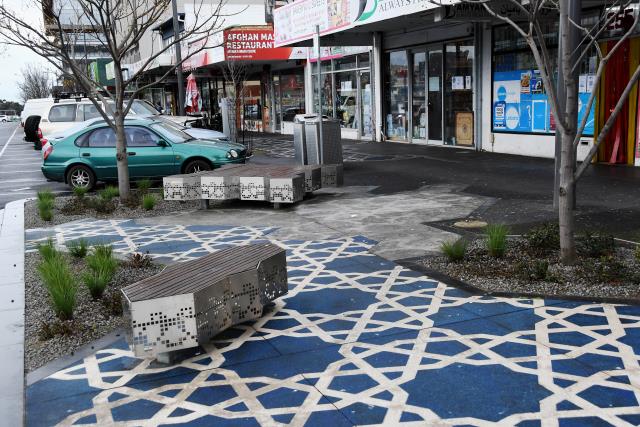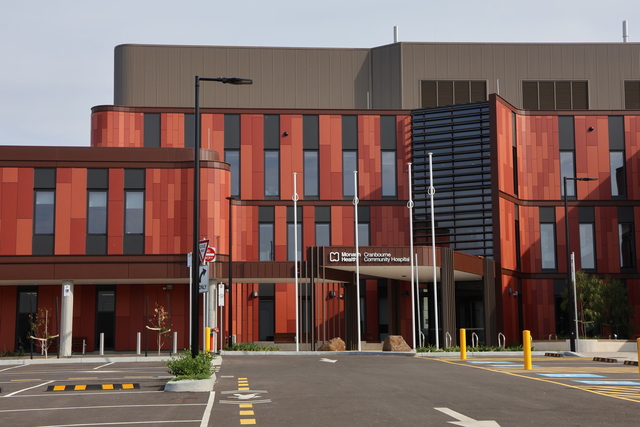Casey is among the top ten most affordable areas for households living on minimum wage in metropolitan Melbourne, but the regions stats have dropped since 2022.
The proportion of suitable listings that were affordable and appropriate for individuals or families living on minimum wage was 39.6 per cent in Casey.
The number of corresponding properties was reported at 176, a figure superior to Frankston and Greater Dandenong areas, but below that of Cardinia.
The percentage of suitable listings has dropped since 2022, when Casey sat at 57.1 per cent with 242 corresponding properties.
In its latest national Rental Affordability Snapshot, Anglicare has joined the growing chorus for a rise in the rate for JobSeeker and other income supports.
“We found that that there were no properties affordable for a single person on JobSeeker payment. This includes sharehouses.
“The shortage of affordable rentals will condemn people to make difficult decisions to keep a roof over their head.”
During the Snapshot, only one Victorian rental property was affordable for a Disability Support pensioner.
The report points to “very low” rental vacancy rates, which make tenanted properties a “scarce resource” and drive rents to an “unprecedented high”.
In Greater Dandenong, there were 68 rental listings affordable to a household on minimum wage. In Casey, there were 176 and Cardinia 104, the Snapshot reports.
Ahead of this month’s Federal Budget, Anglicare also called for more affordable housing, higher Commonwealth Rent Assistance and a revamp of negative gearing and capital gains tax exemptions.
Wayss homelessness and housing general manager Shari McPhail agreed JobSeeker and Commonwealth Rental Assistance need to rise.
“They absolutely need to be increased so people can afford to live.
“Something has to change – people are in such dire straits, and it’s difficult for them to come out of that.”
With scarce affordable rentals and a cost of living squeeze, the agency was struggling to find suitable accommodation for an “ever-increasing” number of families, Ms McPhail said.
There also needs to be reform of the homelessness system including support and options for those fleeing family violence.
Across the state, about 38 per cent of people seeking Wayss’s help are experiencing family violence.
“That’s simply not OK in a country and a state as prosperous as ours. It’s not good enough that they end up in the homelessness system.”
Wayss is also calling for more resources for homelessness services in the South East, as well as for 6000 more social housing properties across the state.
To that end, it is lobbying for MPs to approve the Federal Government’s proposed Housing Australia Future Fund.
The $10 billion fund for 30,000 homes was “not perfect” but crucial to supply affordable and social housing in the long-term, Ms McPhail said.
It would deliver the consistency and security needed for big private investors to support the fund.
However immediate investment is also required in the South-East growth corridor for a range of housing options to meet the needs of our community’s most vulnerable, she said.
The proposed fund has not won support from the Liberals or Greens, and has yet to pass through Parliament.
Many support agencies in the South East have described unprecedented demand for help.
South East Community Links chief executive Peter McNamara recently said people reporting housing costs as the reason for seeking material aid at SECL had increased by 165 per cent in the past year.
“One client told us he had to make the choice between ‘food to eat or being barefooted’,” he said.
“He desperately needed new shoes but after paying rent he was left with just $8 per day for essentials like food, transport and clothes.”







